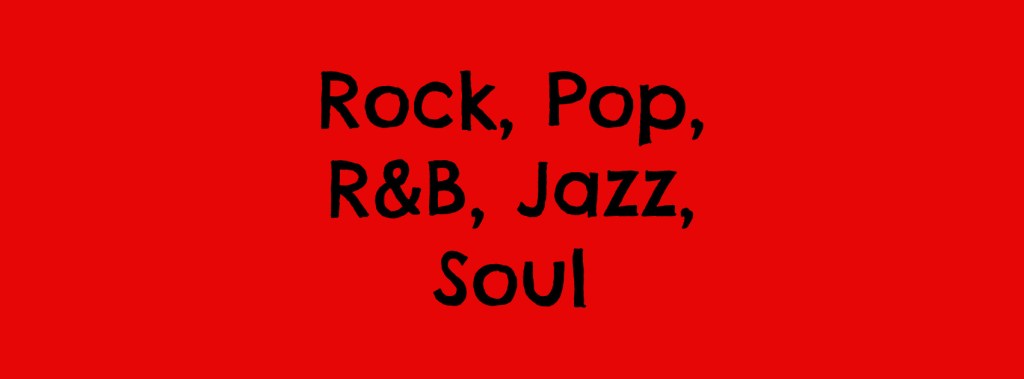
FEATURE image: “Bee Gees Monument unveiled tomorrow-1=” by Sheba_Also 43,000 photos is licensed under CC BY-SA 2.0
By John P. Walsh
How Deep Is Your Love (1977) by the Bee Gees ranks number 375 on Rolling Stone’s list of the 500 Greatest Songs of All Time.1 It sits between White Room (1968) by Cream and Unchained Melody (1965) by The Righteous Brothers. Barry Gibb, the lone surviving Bee Gee today, reportedly said that How Deep Is Your Love is his favorite Bee Gees song. 2 In 2011 it was voted in a TV poll as the UK’s favorite.3 Recorded in the spring of 1977 in anticipation of the album and film Saturday Night Fever to be released later that year— How Deep Is Your Love was released in the U.S. as a single in September 1977. Three months later, after the smash-hit film Saturday Night Fever starring John Travolta was released, How Deep Is Your Love became the number one song in the U.S. on Christmas Eve 1977 and stayed in the top spot for three weeks. Although the song had started on the charts in October 1977, when it reached number one it stayed in the top 10 for four months until April 1978 which, at that time, set a longevity record. There are two official music videos for How Deep Is Your Love featuring the Bee Gees.4
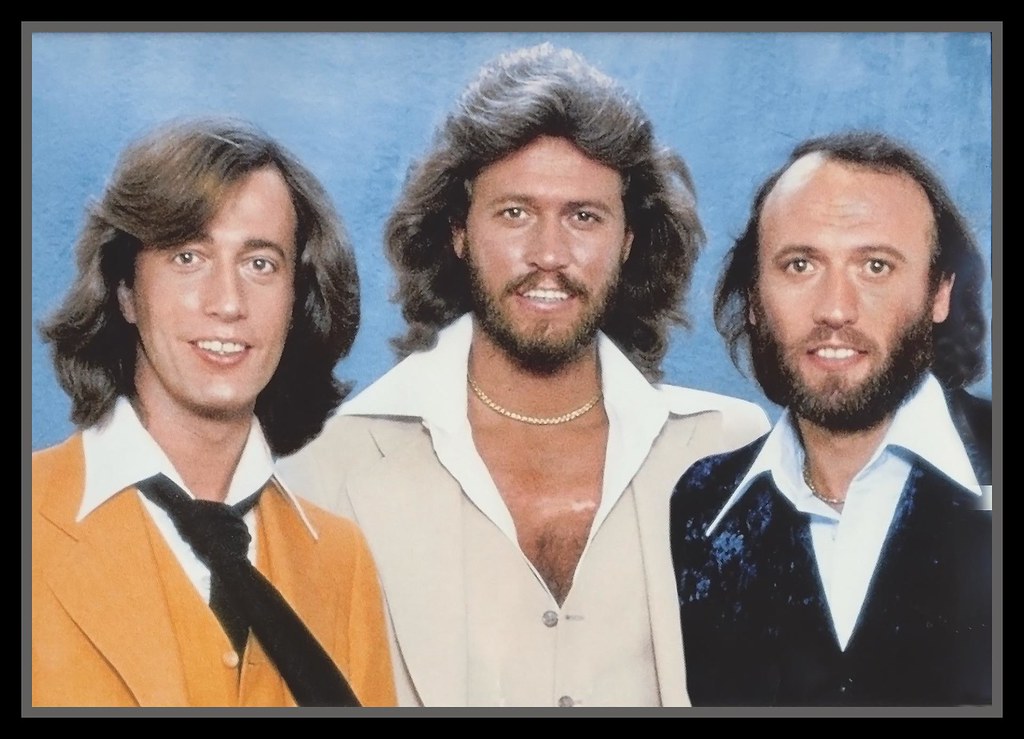
Fig. 1. There are two official music videos performed by the Bee Gees of How Deep is Your Love. The music of the Bee Gees (left to right: Robin, Barry, and Maurice Gibb) and the 1977 film Saturday Night Fever starring John Travolta breathed fire into the disco music craze and helped define the disco era in the late 1970’s.
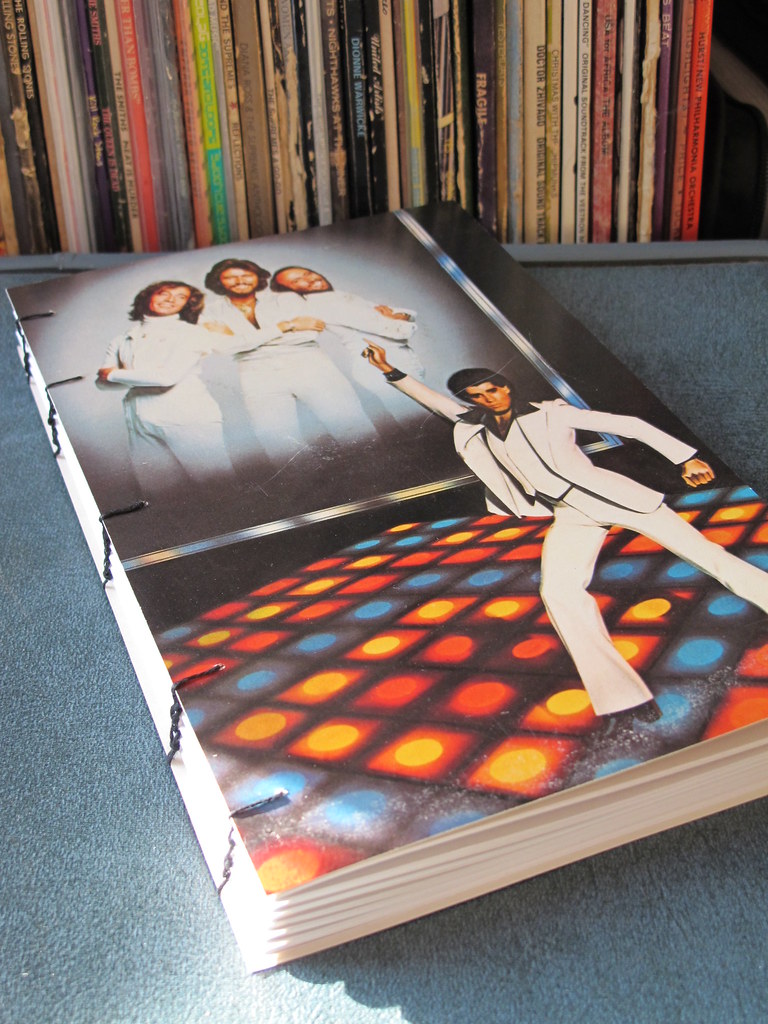
Fig 2. A huge international pop music hit starting in late 1977, How Deep is Your Love written and performed by the Bee Gees made its way into the Saturday Night Fever: The Original Movie Sound Track album that went Platinum on January 3, 1978 and was certified 16x Multi-Platinum on November 16, 2017. It remains one of the top ten-selling albums of all time.
When the Bee Gees were asked by film producer Robert Stigwood to provide five songs for a film tentatively titled Tribal Rites of the New Saturday Night based on the 1975 New York magazine fiction article about the urban disco scene, they didn’t want to compose music specifically for a film. (Barry did write the title song for Stigwood’s follow-up picture, Grease). It didn’t help that the Bee Gees were given neither a script nor told what the movie plot was about. They offered Stigwood, their longtime manager, songs that they were already working on namely, Stayin’ Alive, Night Fever, If I Can’t Have You (later sung by Yvonne Elliman), More Than A Woman, and How Deep is Your Love.5 At one early screening with John Travolta and director John Badham, the Bee Gees were pleased though a little surprised that their songs, while demo cuts, meshed perfectly with the film’s scenes now re-titled Saturday Night Fever. Soon to be added to the Bee Gees’ astonishment— and anyone else’s attending that night’s rough cut – was that nobody had any idea that they were embarking on a motion picture that would be a milestone in film history and forever define the disco age.
When the Bee Gees were asked by film producer Robert Stigwood to provide five songs for a film tentatively titled Tribal Rites of the New Saturday Night based on the 1975 New York magazine fiction article about the urban disco scene, they didn’t want to compose music specifically for a film (although Barry did write the title song for Stigwood’s follow-up picture, Grease). It didn’t help that the Bee Gees were given neither a script nor hardly told what the movie plot was about. They offered Stigwood, their longtime manager, songs that they were already working on, namely, Stayin’ Alive, Night Fever, If I Can’t Have You (later sung by Yvonne Elliman), More Than A Woman, and How Deep is Your Love.5 At one early screening with John Travolta and director John Badham, among others, the Bee Gees were pleased though a little surprised when they saw for the first time scenes of the re-titled Saturday Night Fever with their music and lyrics to back it up. Although the music soundtrack at this juncture was demo cuts, the songs they wrote and performed meshed perfectly with the film’s scenes about which they had never been told very much. To be added to their astonishment—as much as anyone else’s there attending that rough cut – is that the Bee Gees had no idea they had embarked on a motion picture that would soon prove to be a milestone in film history. Saturday Night Fever would perfectly capture a moment in time and forever define the disco age.

Fig. 3. John Travolta attended the London premiere of Saturday Night Fever on March 22, 1978 with Kay Edwards.
Following its world premiere in Hollywood on December 7, 1977, Saturday Night Fever became an enormous success. It became Chicago film critic Gene Siskel’s favorite film—soon after, Siskel famously bought Tony Manero’s white suit at a charity auction in 1978 for $2,000. Colleague and friend Roger Ebert writing shortly after Siskel’s death in 1999, believed that Saturday Night Fever had struck Siskel mainly on an emotional level but also for its themes that had impressed him. Other influential film critics were similarly praiseworthy of the film’s subject matter. At the 50th Academy Awards on April 3, 1978 Saturday Night Fever had received only one nomination (John Travolta for Best Actor) in a year where Annie Hall and Star Wars dominated the competition. Robin Gibb later observed that Saturday Night Fever was made on a very low budget, released very late in the year and had no expensive promotion. The film’s word of mouth was good, however, which even included its star, John Travolta, who at its world premiere at then-Mann’s Chinese Theatre admitted watching the musical film on the big screen as if seeing a fantasy or dream for the first time.6
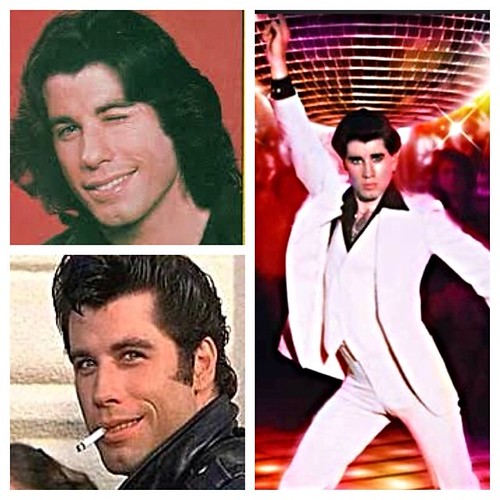
Fig. 4. Tony Manero’s shiny white polyester suit — bought off the rack in Brooklyn for the making of the film Saturday Night Fever— has been compared to a symbol of aspiration and hope in what is otherwise a dark movie.
Conceptually the song How Deep Is Your Love materialized when, working with collaborator Blue Weaver, Barry Gibb’s instigating question to him in beginning to compose it was: “What is the most beautiful chord that you know?”7 It was the first song the Bee Gees composed that ended up in the film Saturday Night Fever. After a creative hit-and-miss process at the piano – and further collaboration with Robin and Maurice – the song was put together in the middle of night in about four hours at the Château d’Hérouville studios in France.8 This was part of the Bee Gees’ usual working process – arriving into the studio around three o’clock in the afternoon and ending their workday near or after midnight – resulting in all of the film’s songs written quickly, with the lyrics finished later and the disco music taking longer.9 The Bee Gees’ falsetto singing had always been emotional, and it was often by way of collaborating with industry talent— other musicians, producers, and the like—that their music developed in new directions. By the time How Deep is Your Love came about, the Bee Gees had a reputation for being open to suggestions, including the personally emotional piano chords Blue Weaver offered the Brothers Gibb that night.10 The creation of How Deep Is Your Love followed a course already prevalent in the Bee Gees musical career – an attitude of collaboration and creativity in the studio that allowed ideas to be suggested, and beautiful melodies to quickly emerge as the result. Though How Deep is Your Love was composed in one sitting, its arrangement and production took longer which changed some of the song’s original structure. The title was based on what the Bee Gees simply maintained was the variety of connections listeners could make with the phrase How Deep is Your Love – and so providing the song with further universal appeal.11 Following the film’s U.S. release by Paramount Pictures on December 14, 1977 Maurice Gibb believed its ultimate success was the combination of its phenomenal 23-year-old star John Travolta and the music soundtrack whose album had already been certified Gold on November 22, 1977 and certified Platinum on January 3, 1978. The combination of star power and music – along with stunning word of mouth and critical acclaim – created a record-shattering synergy for both film and soundtrack album featuring Bee Gees songs making the cultural impact of Saturday Night Fever swift and enduring. How Deep is Your Love remains one of the most anthologized love songs of the modern era. As recently as November 16, 2017, the soundtrack album was certified 16x Multi-Platinum.12
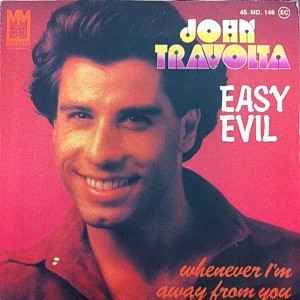
Fig. 5. John Travolta in the 1970’s. Playing 19-year-old Tony Manero in Saturday Night Fever about a teen with a good job at the local hardware store in Brooklyn who is trying to dance his way to a better life. His performance earned the 23-year-old Travolta an Academy Award nomination for Best Actor in a Leading Role that year.

Fig. 6. Brooklyn-born Donna Pescow was a newcomer and played Annette in Saturday Night Fever. Annette is Tony’s former dance partner and would-be girlfriend.
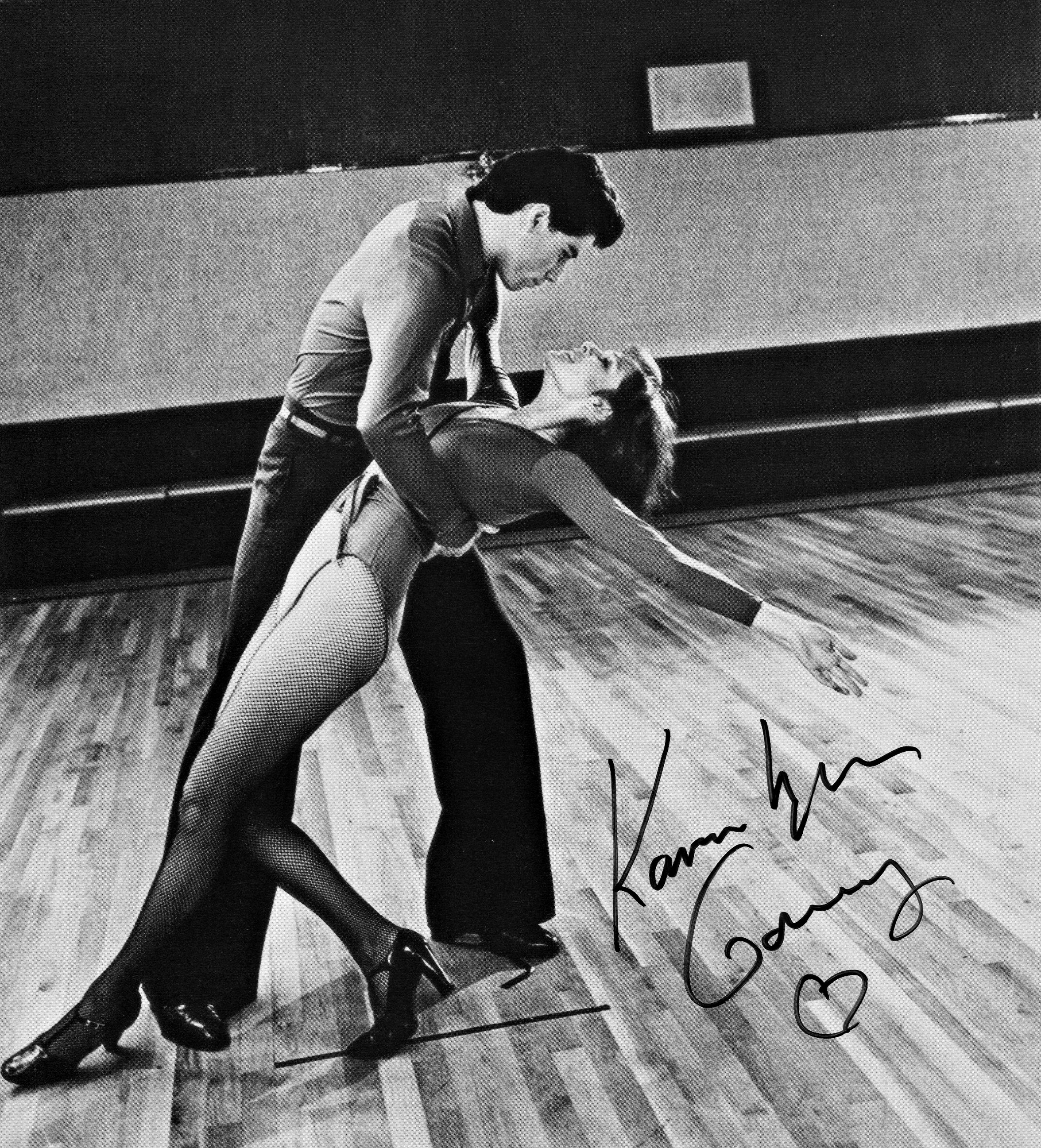
Fig 7. Like Donna Pescow and others in the cast of Saturday Night Fever, co-star Karen Lynn Gorney, John Travolta’s love interest in the film, was a newcomer. Even Travolta who had a swelling fan base because of his ongoing role as Vinnie Barbarino in the popular late 1970’s TV sitcom Welcome Back, Kotter, was not seen as a dance man. Hungry to take his acting career to the next level, Travolta’s energetic dance scenes had critics praising his performance as among the best ever filmed.

Fig. 8. A two-minute scene of disco dancing by John Travolta thrust his energetic performance and the new star into the annals of film history. (This is a portrayal of Travolta as Danny Zuko in Grease.)
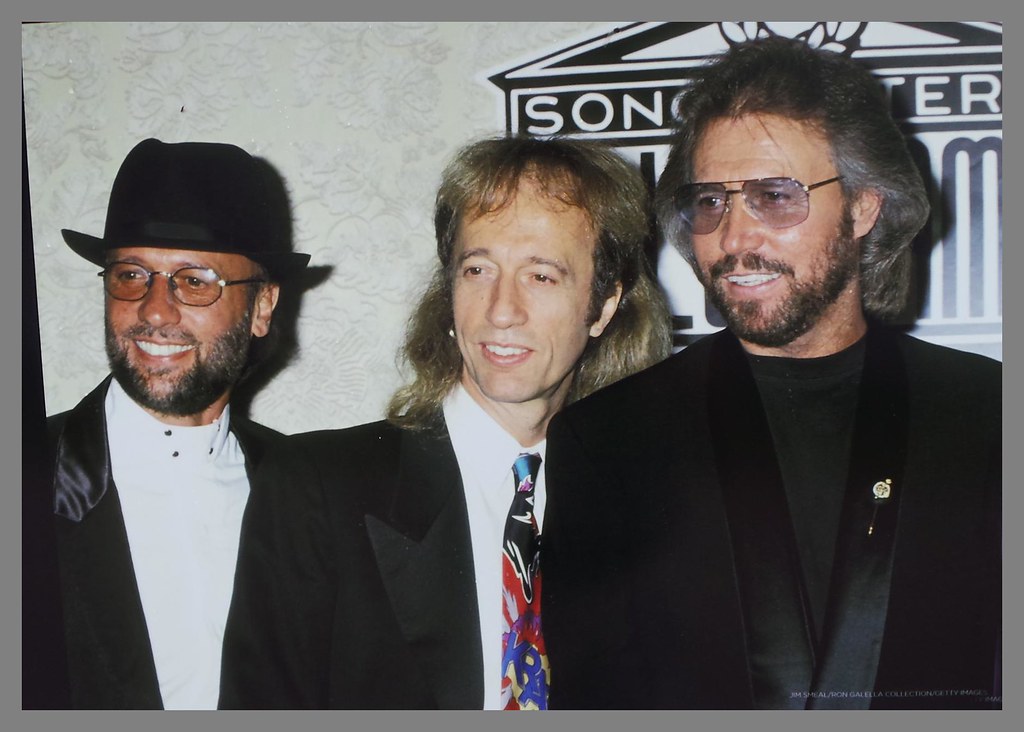
Fig. 9. “Robert Stigwood explained to the Bee Gees about this young guy, who every weekend blows his wages at a disco in Brooklyn. He’s got a really truly Catholic family, and he’s got a good job, but he blows his wages every Saturday night. He has his mates with him. Then he comes back and starts the week again, and this goes on every Saturday night. But it’s just this one Saturday night that’s filmed. So that’s what we knew (about a film we were writing music for) except it was John Travolta playing the part…” Maurice Gibb in Bee Gees: The Authorized Biography.
How Deep Is Your Love quickly reached number one internationally in countries such as Canada, Brazil, Finland, Chile, and France. In the Bee Gees’ native England it reached number three which delighted the newly–resurgent pop music group in that they had a top five hit in a country that by the mid-to-late 1970’s saw Punk and New wave rock in the ascendant.13 The Sex Pistols’ God Save the Queen, also released in 1977, was banned on the airwaves by the BBC for its “gross bad taste” though today it ranks number 175 on the Rolling Stone’s Greatest Hits list – 200 slots higher than the Bee Gees’ disco ballad, How Deep Is Your Love. How Deep Is Your Love and the Saturday Night Fever album provided superstar momentum for the Bee Gees’ next projects, but like their careers up to that point, the English-Australian pop-rock band simply continued their readiness to create music. In The Ultimate Biography of the Bee Gees, Blue Weaver understood the Bee Gees’ success during this period was not due to their “virtuosity,” although their falsetto vocals were “brilliant,” but their collaborative working method which they pursued until reaching the final product that satisfied them – and clearly satisfied some part of the rest of the world.14
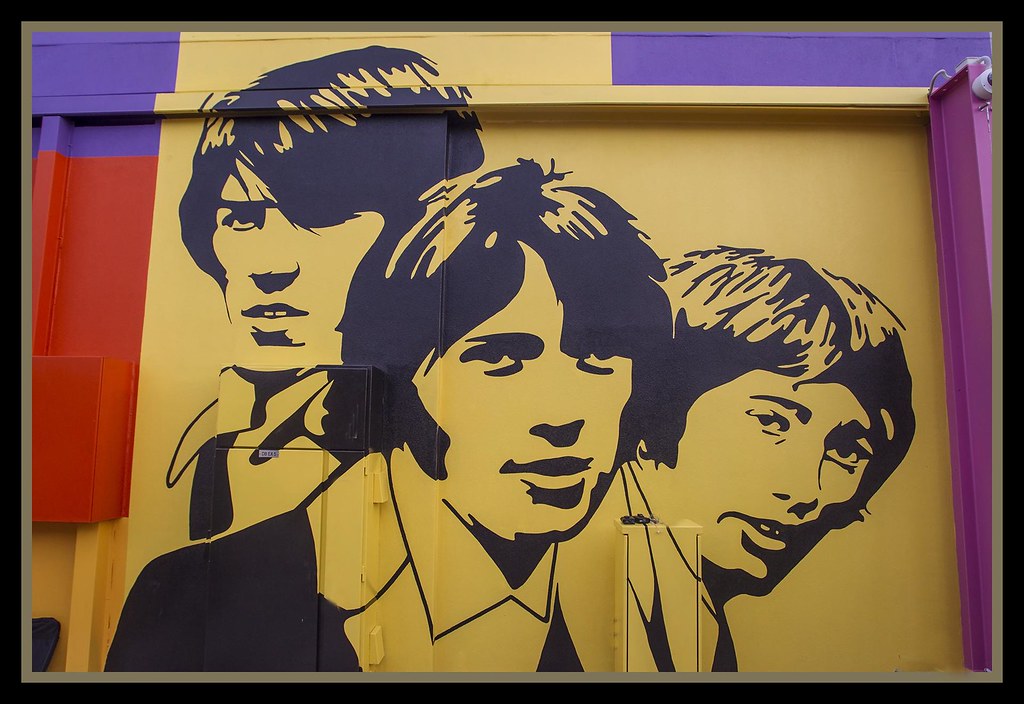
Fig. 10. In 1978 Barry Gibb observed about Robin and Maurice and himself: “When we were kids, we’d sit on each other’s beds all night and plan our careers. We decided that when we got to the top, we’d have our own office. We wanted to get to a point where we wouldn’t have to ever work again so we could sit back and enjoy everything we had accomplished. A few years ago that seemed forever out of reach. Sometimes I think I’m living that dream now. We’ve never really made it before. If this is indeed the top, then it’s better than what we imagined. It’s a lot of fun.” Bee Gees: The Authorized Biography. As the Bee Gees, Barry and twins Maurice and Robin became one of the world’s biggest bands ever selling more than 220 million records. In 1997 they were inducted into the Rock and Roll Hall of Fame. Maurice died in 2003 and Robin in 2012. In 2017 Barry told CBS News: “So when I lost them all, I didn’t know whether I wanted to go on. ”

Fig. 11. 70-year-old Barry Gibb was honored during Stayin’ Alive: A Grammy Salute to the Music of the Bee Gees in April 2017 where he got up on stage to close out the show to perform a few hit songs.
During one visit to the hospital while Robin was in a coma, Barry sang a song that he had written for him called The End Of The Rainbow.

Fig. 12.
NOTES:
- Rolling Stones List – https://www.rollingstone.com/music/lists/the-500-greatest-songs-of-all-time-20110407 – Retrieved January 19, 2018.
- Barry Gibb’s favorite song – The Bee Gees: 35 Years of Music, Billboard: 27. March 24, 2001. – Retrieved September 13, 2017.
- TV poll – https://web.archive.org/web/20121019120053/http://www.itv.com/beegees/ – Retrieved September 13, 2017.
- Song’s recording and release dates – Bee Gees Anthology (songbook) by the Bee Gees, Hal Leonard (1991) and Bee Gees The Authorized Biography, Barry, Robin and Maurice Gibb (as told to David Leaf), Delilah Communications/A Delta special, 1979, p.116.
- Didn’t want to compose music for a film – The Ultimate Biography Of The Bee Gees: Tales Of The Brothers Gibb, By Melinda Bilyeu, Hector Cook, Andrew Môn Hughes, 2001, Omnibus Press, London, pp. 411; Hardly told the film plot – Bee Gees The Authorized Biography, Barry, Robin and Maurice Gibb (as told to David Leaf), Delilah Communications/A Delta special, 1979, p.110.
- Surprised music with unseen film meshed – Bee Gees The Authorized Biography, Barry, Robin and Maurice Gibb (as told to David Leaf), Delilah Communications/A Delta special, 1979, p.111; Ebert on Siskel’s favorite film – https://www.rogerebert.com/reviews/great-movie-saturday-night-fever-1977 – Retrieved January 24, 2018; other critics’ praise of film- see Pauline Kael, “Nirvana,” The New Yorker, December 26, 1977, pp. 59-60; film low budget, released late- The Ultimate Biography Of The Bee Gees: Tales Of The Brothers Gibb, By Melinda Bilyeu, Hector Cook, Andrew Môn Hughes, 2001, Omnibus Press, London, pp. 411. Regarding the white suit that had been bought off the rack in Brooklyn for the film, its symbolism in Saturday Night Fever has been postulated. Professor Deborah Nadoolman Landis, a designer and historian of film costume stated that the white suit was a symbol of aspiration and hope in an otherwise “dark little movie” – see https://www.theguardian.com/artanddesign/2012/aug/06/john-travolta-white-suit-v-and-a – retrieved January 25, 2018.
- Song’s musical concept – The Ultimate Biography Of The Bee Gees: Tales Of The Brothers Gibb, By Melinda Bilyeu, Hector Cook, Andrew Môn Hughes, 2001, Omnibus Press, London, pp. 411-412.
- First song composed for Saturday Night Fever, Château d’Hérouville – Bee Gees The Authorized Biography, Barry, Robin and Maurice Gibb (as told to David Leaf), Delilah Communications/A Delta special, 1979, p.109.
- Songs written quickly – Ibid., p.109; lyrics later – The Ultimate Biography Of The Bee Gees: Tales Of The Brothers Gibb, By Melinda Bilyeu, Hector Cook, Andrew Môn Hughes, 2001, Omnibus Press, London, p. 415.
- Open to suggestions – Bee Gees The Authorized Biography, Barry, Robin and Maurice Gibb (as told to David Leaf), Delilah Communications/A Delta special, 1979, p.107. emotional piano chords – The Ultimate Biography Of The Bee Gees: Tales Of The Brothers Gibb, By Melinda Bilyeu, Hector Cook, Andrew Môn Hughes, 2001, Omnibus Press, London, p. 411-12.
- song composing, arrangement, and production – The Ultimate Biography Of The Bee Gees: Tales Of The Brothers Gibb, By Melinda Bilyeu, Hector Cook, Andrew Môn Hughes, 2001, Omnibus Press, London, pp. 409 and 412. Title chose Ibid. p. 412.
- Movie’s ultimate success – Bee Gees The Authorized Biography, Barry, Robin and Maurice Gibb (as told to David Leaf), Delilah Communications/A Delta special, 1979, p.112. Costing $3.5 million to make, Saturday Night Fever earned an impressive $237.1 million –see “Saturday Night Fever, Box Office Information”. Box Office Mojo – retrieved May 26, 2014. Soundtrack album certified God and Platinum -http://www.beegees-world.com/bio_gplat.html -Retrieved February 1 , 2018. certified 16x Multi-Platinum on November 16, 2017 – see https://www.riaa.com/gold-platinum/- retrieved January 24, 2018.
- Number one hit internationally – “Songs Written by the Gibb Family on the International Charts – Part 3”(PDF). http://www.brothersgibb.org/download/page-3.pdf – Retrieved January 24, 2018; number 3 in Britain – The Ultimate Biography of the Bee Gees: Tales of the Brothers Gibb, By Melinda Bilyeu, Hector Cook, Andrew Môn Hughes, 2001, Omnibus Press, London, p. 421.
- Continued with their readiness to work – The Ultimate Biography of the Bee Gees: Tales of the Brothers Gibb, By Melinda Bilyeu, Hector Cook, Andrew Môn Hughes, 2001, Omnibus Press, London, pp. 467.©John P. Walsh. All rights reserved. No part of this material may be reproduced or transmitted in any form or by any means, electronic or mechanical, which includes but is not limited to facsimile transmission, photocopying, recording, rekeying, or using any information storage or retrieval system.
Fig. 1- “Bee Gees Monument unveiled tomorrow-1=” by Sheba_Also 43,000 photos is licensed under CC BY-SA 2.0
Fig. 2- “Saturday Night Fever Record Sleeve Coptic Journal” by Pressbound is licensed under CC BY-NC-ND 2.0
Fig. 3- “Los Angeles 2010” by Martin Wippel is licensed under CC BY-NC-SA 2.0
Fig. 4 – “#mcm 70’s John Travolta! “tell me about it, stud.”” by Stephen O is licensed under CC BY-SA 2.0
Fig. 5 – “fonts from the flea market” by Buro Destruct is licensed under CC BY-NC-SA 2.0
Fig. 6 – “TV Guide #1367” by trainman74 is licensed under CC BY-NC 2.0
Fig. 7 – personal collection.
Fig. 8 – “John Travolta (as Danny Zuko of “Grease”) figure at Madame Tussauds Hollywood” by Luke Rauscher is licensed under CC BY 2.0
Fig. 9 – “Redcliffe Bee Gees Way after opening-39=” by Sheba_Also 43,000 photos is licensed under CC BY-SA 2.0
Fig. 10 – “Redcliffe Bee Gees Way after opening-09=” by Sheba_Also 44,000+ photos is licensed under CC BY-SA 2.0
Fig. 11 – “Barry Gibb (1)” by tomasbinanti is licensed under CC0 1.0
Fig. 12 – “Los Angeles 2010” by Martin Wippel is licensed under CC BY-NC-SA 2.0





